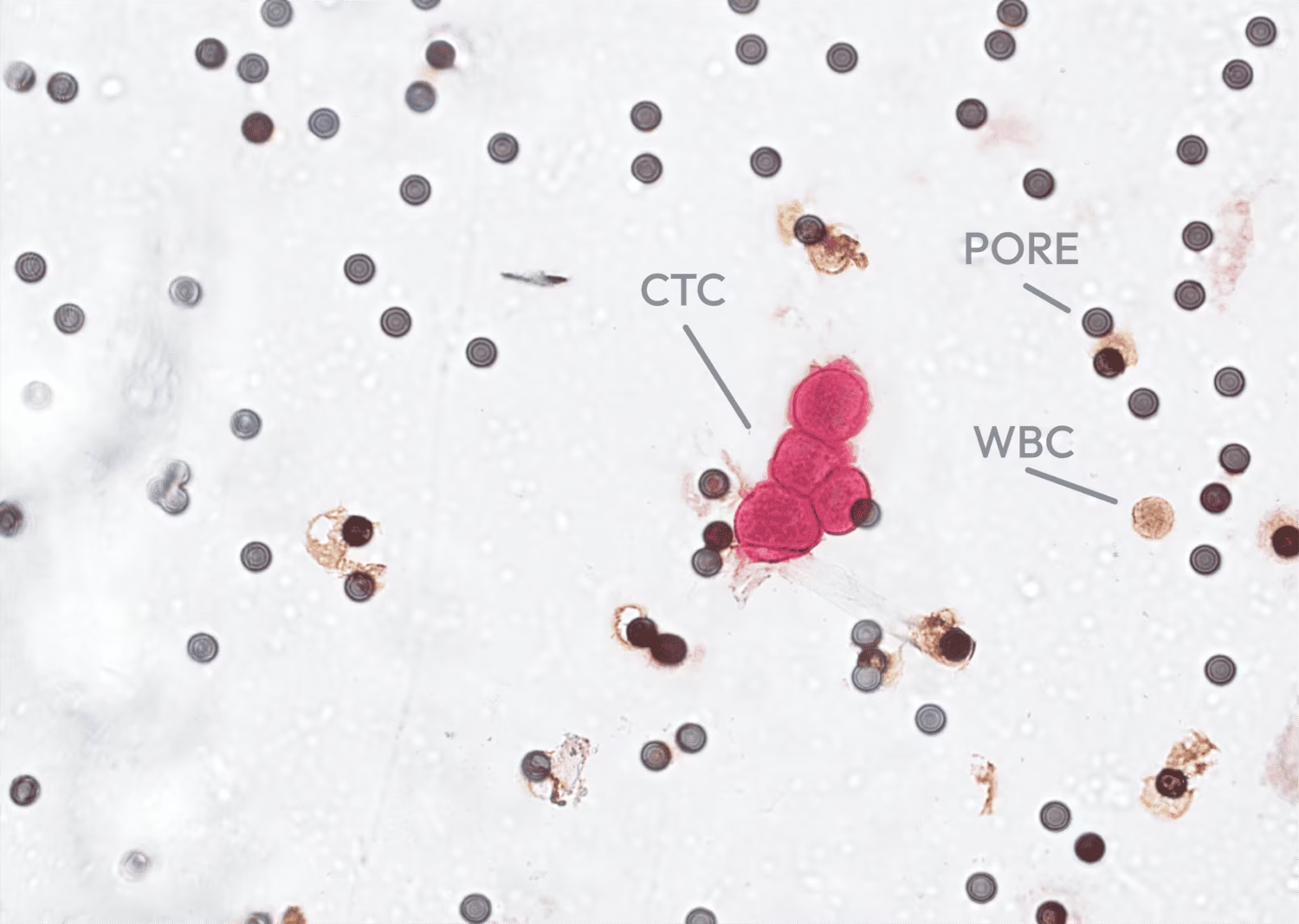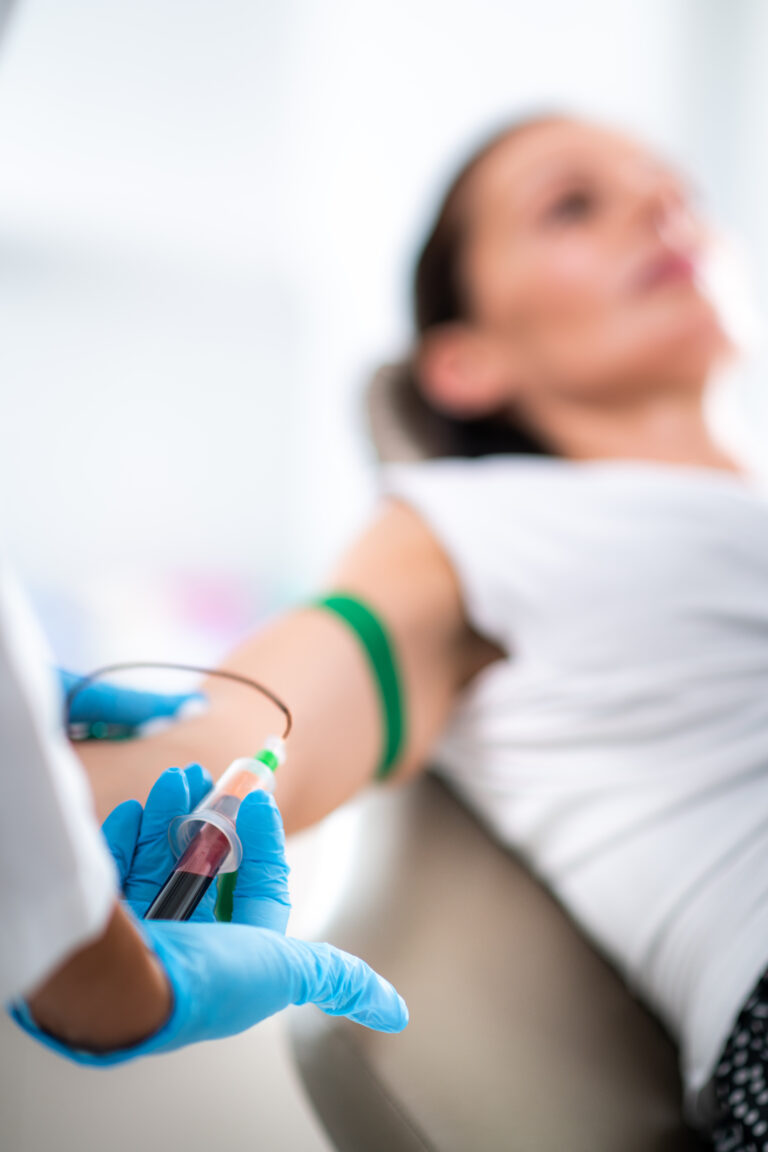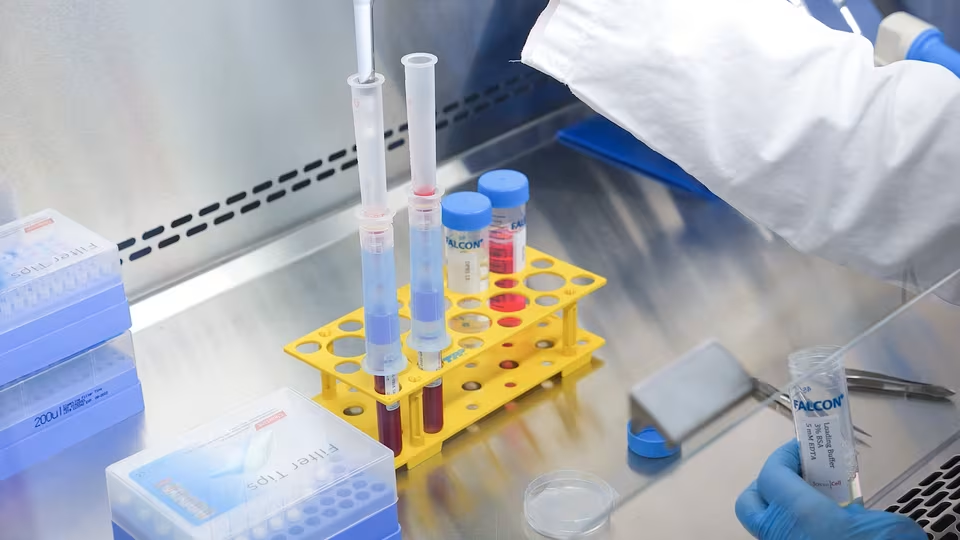What if a simple blood test could uncover the mysteries of cancer? This would now be a reality thanks to the analysis of Circulating Tumor Cells (CTCs). Authentic biological indicators, they are transforming the therapeutic approach in oncology thanks to liquid biopsy. Both discreet witnesses of tumor progression and existential actors of metastases, CTCs are currently attracting major scientific and clinical interest worldwide.

Circulating tumor cells (CTCs) play a key role in understanding cancer, but what exactly are they? According to the National Cancer Institute, CTCs are cancer cells that break away from the initial tumor and enter the bloodstream or lymphatic system. Circulating tumor cells can travel through the blood and form new tumors in other parts of the body.
This dispersion makes their detection particularly challenging. Imagine looking for a needle in a haystack: a single CTC can be hidden among millions of normal blood cells!
But why so much interest in these cancer cells? The answer is simple: circulating tumor cells represent a true revolution in cancer monitoring. With a simple blood test, oncologists could now track the progression of a tumor in real time and tailor treatments in a personalized manner. This is a much less restrictive and less expensive alternative to traditional biopsies or medical imaging systems.

CTC detection currently represents one of the major technological challenges in oncology. As previously mentioned, their rarity in the blood makes their isolation particularly complex. Faced with this challenge, various players in the liquid biopsy field have developed various approaches to efficiently capture and characterize them.
These detection methods fall into three main categories: immunological methods, microfluidic methods, and morphological methods. Among the latter is ScreenCell® technology.
This technology stands out particularly for its ease of use and speed of execution: while some methods require several hours of hands-on time, the ScreenCell device can isolate CTCs in less than 10 minutes and in just three simple steps: diluting the blood with a homemade buffer, filtering the blood, and ejecting the isolation medium containing the cancer cells.

Circulating tumor cells represent an invaluable tool for basic oncology research. Indeed, researchers can fully exploit the potential of CTCs to better understand cancer mechanisms and metastasis, and develop new therapeutic approaches.
By offering a simple and efficient method for isolating CTCs, without the need for complex external equipment or lengthy and costly protocols, this accessibility makes ScreenCell an ideal choice for academic laboratories and cancer research centers, allowing them to conduct in-depth studies without compromising their budget.
One of the main advantages of this technology lies in its versatility. It can be adapted to a multitude of applications, offering researchers the opportunity to explore circulating tumor cells from different perspectives:
By offering a flexible and efficient approach, ScreenCell meets researchers’ needs while facilitating the exploration of new scientific avenues in the fight against cancer.
Follow ScreenCell® on LinkedIn